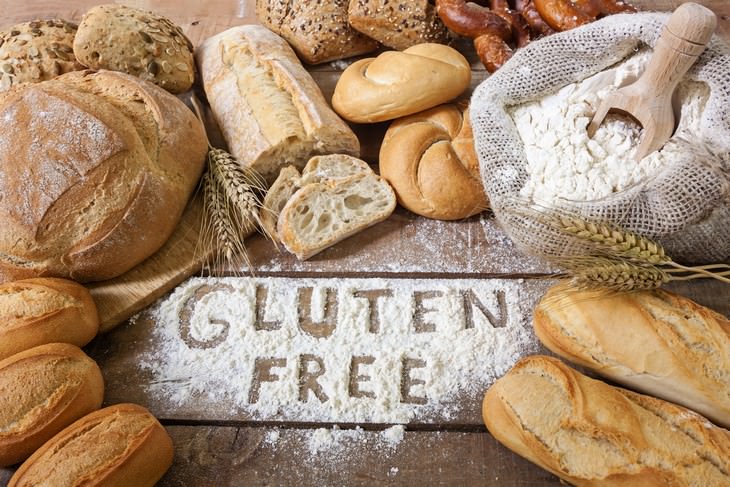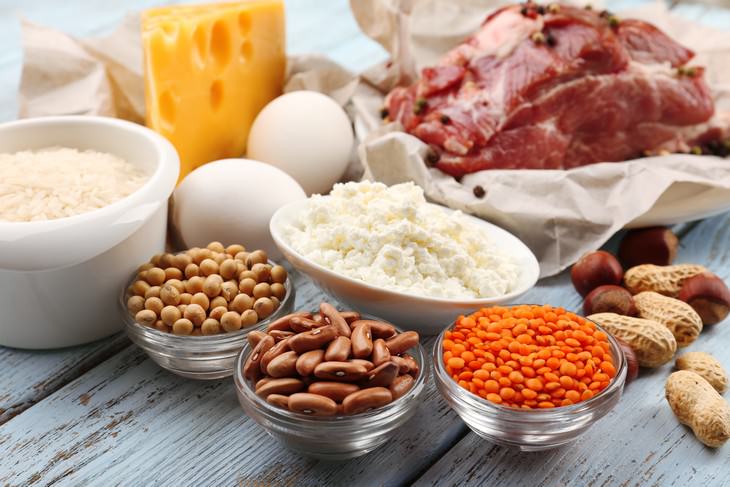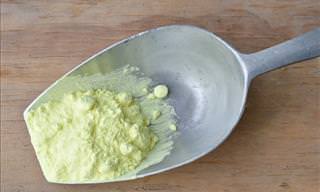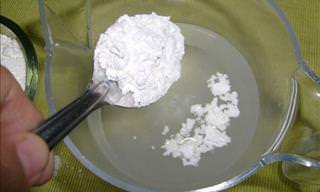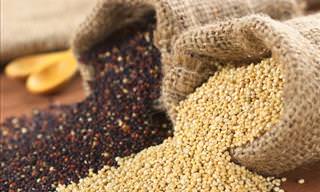What is Quinoa?
Although handled like most grains, technically speaking, quinoa is not exactly a grain. It is a pseudo cereal that grows near the Andes in South America. The Incas discovered that the seeds are fit for human consumption about 4,000 years ago. Even then, it was considered a superfood of sorts, as they believed eating quinoa increased the stamina of their warriors. The meaning of the term 'pseudo cereal' is that it is grain-like and used in the same ways, yet it is not a grass, like wheat. Quinoa is actually a relative of spinach and beets, but unlike the two, the part used for food are the seeds of the flowering plant.
There is white, red and black quinoa, the white kind is generally being the most widespread. Differences between the three sorts are quite minor - red quinoa has a more prominent flavor, often described as ‘nutty’ while black quinoa has a more ‘earthy’ taste and tends to be sweeter than the white version.
1. High in Fiber
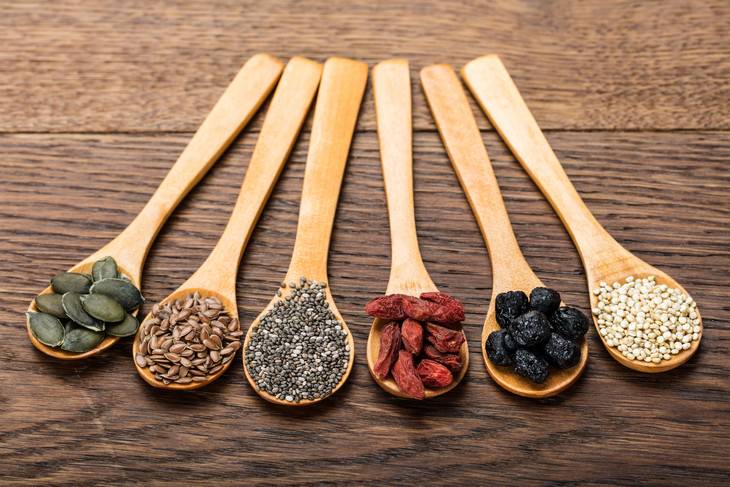
Quinoa is twice as high in fiber than most grains. A study has found that one cup of quinoa contains about 17-27 grams of fiber. Fiber in itself has many health benefits such as relieving constipation, reducing blood pressure, lowering cholesterol and glucose levels, and even helping with weight loss. It is important to note that these benefits are attributed to soluble fiber (fiber which dissolves in water and is broken down in the colon). Insoluble fiber, on the other hand, does not dissolve in water and isn't broken down by the gut and absorbed into the bloodstream. Not all the fiber found in quinoa is soluble, but the amount that is soluble is still higher than average.
2. Gluten-Free
If you are gluten intolerant or just trying to avoid gluten in your diet, quinoa is the perfect choice for you. What many people tend to overlook while trying to maintain a gluten-free diet is that eating gluten-free products made of refined starch is just as unhealthy as eating their counterparts which contain gluten. The best way to do it is by sticking to foods that are naturally gluten-free, like quinoa. It can act as a substitute for staples like rice and pasta, and will dramatically increase the nutrient and antioxidant value of your meals.
3. It's a Full Protein
There are 9 essential amino acids that the body is unable to produce on its own, and so it depends on external sources to obtain them. These amino acids are the building blocks for protein. Quinoa is quite special, as it contains all 9 of them! In other words, it’s a great source of protein. The value of protein should not be minimized - hair and nails are mostly made up of it, the body needs protein to repair tissues, and protein is a building block of bones, muscles, skin, and blood. Other single sources of protein (or full protein foods) include eggs, fish, poultry and milk.
4. Good for Blood Sugar
The reason quinoa is helpful in maintaining healthy levels of blood sugar is because it has a low glycemic index. Each food is assigned with a glycemic index number from 0 to 100, which represents the relative rise in the blood’s glucose level 2 hours after consuming that food. Foods with a high glycemic index have been linked to diseases, such as type 2 diabetes and cardiovascular issues. The glycemic index number for quinoa is 53, which is considered low. Furthermore, quinoa is rich in magnesium, which is known to regulate levels of blood sugar in the body.
5. Contains Iron and Other Minerals
Speaking of magnesium, that is not the only important mineral quinoa has to offer. It's also rich in potassium, zinc, and iron. The latter makes it valuable in preventing anemia and aid in treating it. One cup of cooked quinoa (185 grams) contains about 3 mg of iron, which is 15% of the daily requirement. Other benefits of iron are that it increases brain function by supplying and carrying oxygen from one cell to another. The brain takes in about 20% of our blood oxygen.
6. High in Antioxidants
Antioxidants are frequently mentioned in the context of health and wellness. As you’re probably aware, antioxidants are molecules that protect the cells from free radicals, which are known to harm the cell membrane and cause damage to the body and premature aging. Antioxidants can be found in abundance in fruits and vegetables, whole grains and, you guessed it - quinoa. The seeds of quinoa practically brim with antioxidants, and sprouting increases it further.
7. Promotes Weight Loss

Eating quinoa can be beneficial to the weight loss process due to the fact it contains fiber. Because fiber is digested slowly, it creates a sensation of being full for longer periods of time, and as a result, fewer calories are consumed during the day. Not only is the appetite reduced, simultaneously the metabolism is increased thanks to the protein. This is the ultimate combination to lose weight.
 Go to BabaMail
Go to BabaMail




